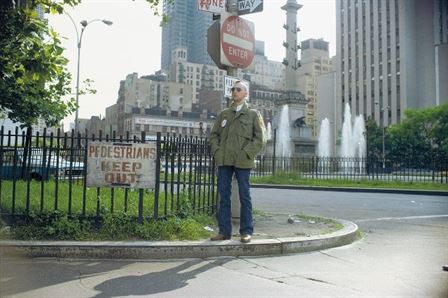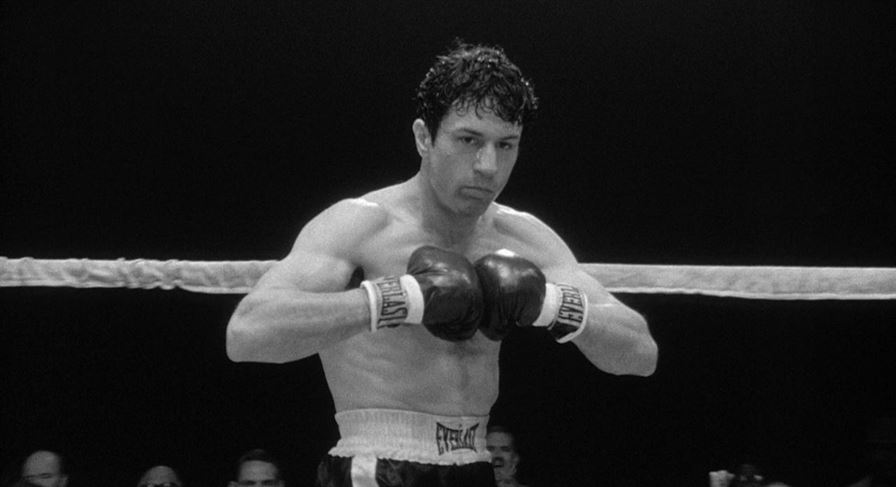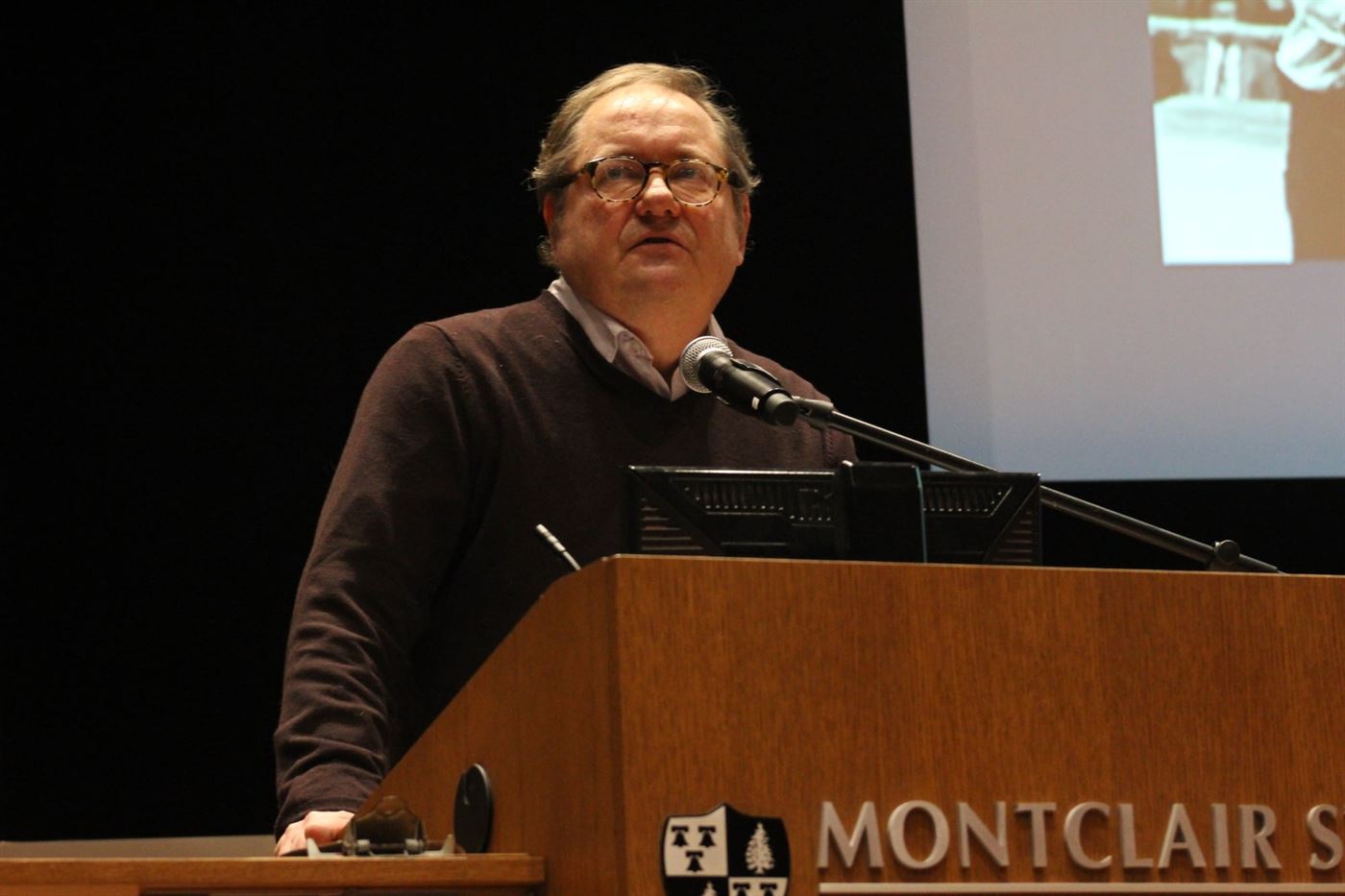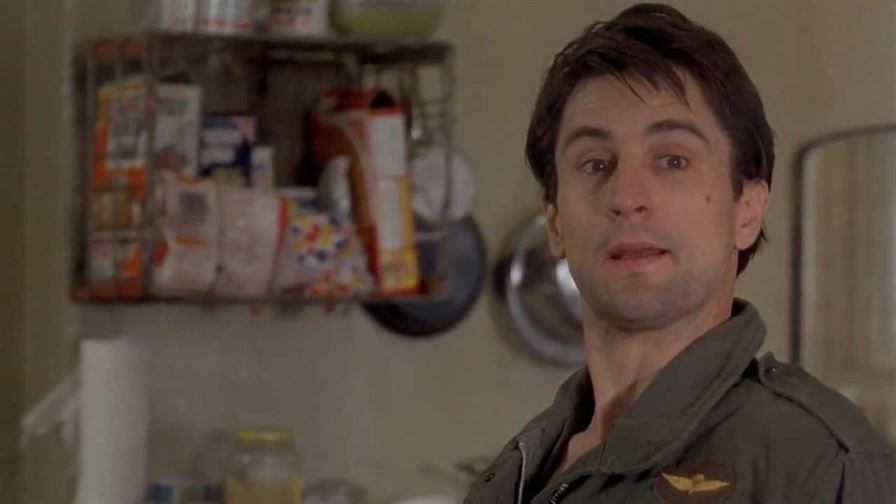The Film Institute at Montclair State University presented Sundays with Scorsese, a four-part screening and discussion panel hosted by syndicated film critic Stephen Whitty at the School of Communication and Media. Whitty welcomed the audience to get inside the mind of the acclaimed director Martin Scorsese.
The series runs from Feb. 4 to Feb. 25 and showcases four of Martin Scorsese’s most legendary films: “Taxi Driver” (1976), “Raging Bull” (1980), “After Hours” (1985) and “GoodFellas” (1990). The film series currently wrapped up its second week, with two more screenings and Q&A sessions left to attend.

“Taxi Driver” is directed by Martin Scorsese and stars Robert De Niro as Travis Bickle.
Photo courtesy of IMDb.com
On Feb. 4, “Sundays with Scorsese” started off with “Taxi Driver,” a 1976 best picture Oscar nominee starring Robert De Niro as Travis Bickle. Suffering from insomnia and mental issues as a veteran, Travis takes a job as a New York City cab driver during the late nights. Feeling uneasy about the dirty crime and violence going on, Travis takes it upon himself to clean up the filthy city streets.
As the credits rolled, the audience sat in awe as the camera tours the dark city street that Travis drives. Some members of the audience were amazed by how the film credits have evolved since 1976. Ex-FBI photographer and Montclair resident Rick Berger noted how he is especially fascinated with the condense crew of “Taxi Driver.”
“I am amazed by how few credits there were at the end compared to today’s films, which have such extensive credits,” Berger said. He previously attended last semester’s Sundays with Hitchcock event.
Some Montclair State students in attendance commented on how this was the first time they had seen “Taxi Driver” and how they thought it was the best possible way to see the film. They also said how insightful Whitty was at relaying information about the film and its director.
The film contains a narration from Travis throughout, which leads to some information being genuine while others are questionable. Hunter College High School student Dominick Castellano took note of Travis’ narration.
“Travis seemed to be an unreliable narrator due to his inconsistencies with his story,” Castellano said. “When he claimed to go on a physical change with 50 pushups and 50 pullups, he went on to take drugs and chug some beer.”
With the film’s open ending about the state of Travis, the audience was very divided as to whether he changed for the better or for the worse.

“Raging Bull” is directed by Martin Scorsese and stars Robert De Niro and Joe Pesci.
Photo courtesy of IMDb.com
On Feb. 11, Sundays with Scorsese continued with “Raging Bull,” the 1981 best picture nominee starring Robert De Niro as Jake LaMotta. De Niro won the Academy Award for best actor in 1981 for his portrayal of Jake. The story began its expedition in the Bronx following Jake, who was portrayed as a middleweight boxing champion. Jake was formally introduced to boxing due to his troublesome history with his wife and manager/brother.
As the movie came to an end, it left the audience in astonishment. Montclair State professor of exercise science and physical education Rob Gilbert noticed the dramatization of the boxing matches throughout the film.
“So much of the violence was not so realistic,” Gilbert said. “It felt like cartoons at times, was that a correct interpretation of the sport?”
As the audience reflected on the film, there was a particular character that was a major influence throughout the entire movie and that was Jake’s brother and mentor.
Audience member Alex Duva asked a question about how the relationship between Scorsese’s professor from New York University played a prevalent role in the characteristics of the mentor from the film.
Whitty made his final remarks for the screening of “Raging Bull” that gave an insightful retrospective view of the movie when answering the questions from the attendees. The discussions made by the audience and Whitty brought a detailed analysis of both the films, “Taxi Driver” and “Raging Bull,” which acknowledged the apprehension artwork of Scorsese.
More is to come from the next two screenings of Sundays with Scorsese. On Feb. 18, “After Hours” is being screened followed by “Goodfellas” on Feb. 25. All are encouraged to come and experience the astoundingly pronounced motion pictures formulated by Scorsese that continuously captivate audiences.





